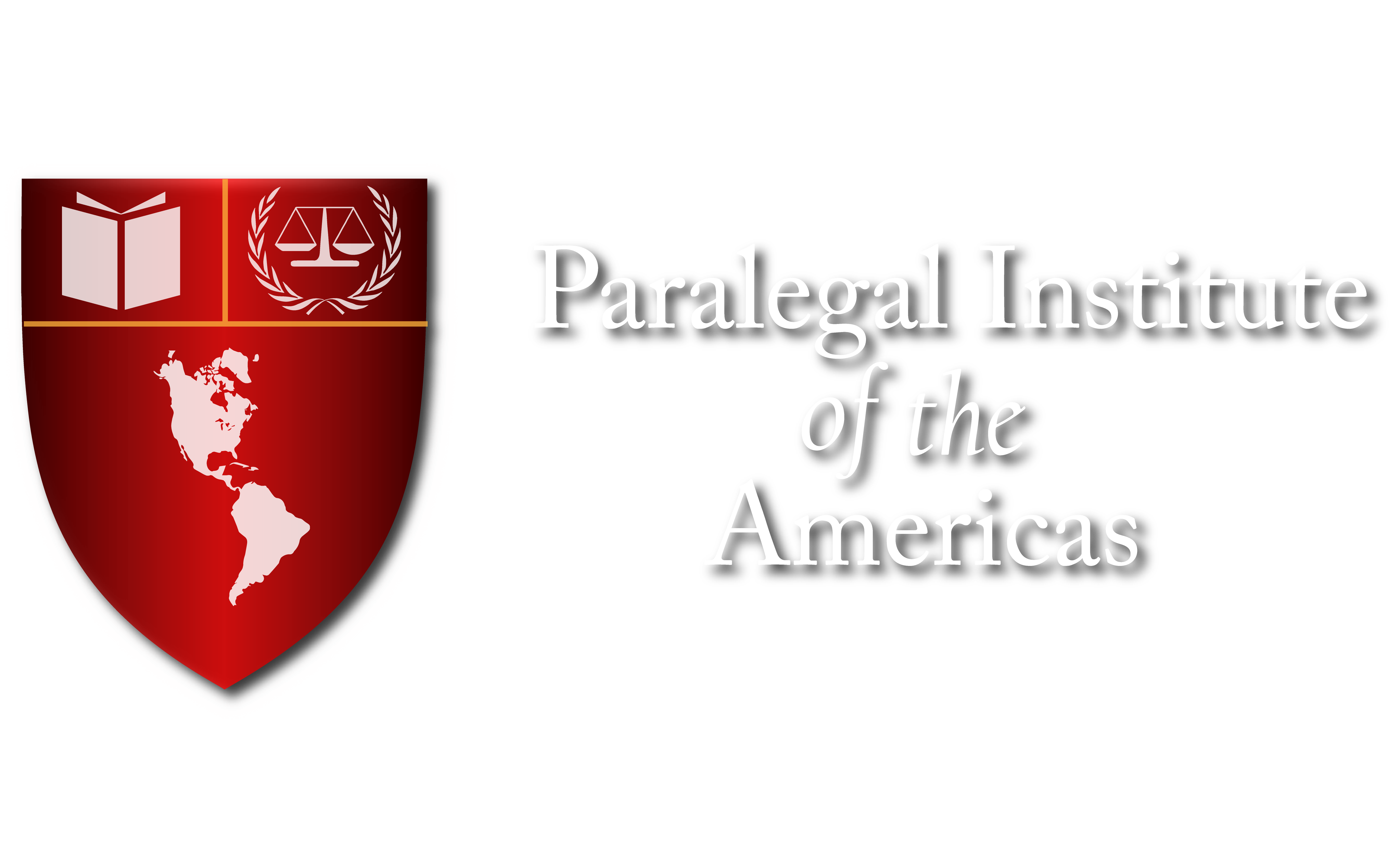
Arrests for Illegal Crossings at the U.S. Southern Border Drop in September
In September, arrests for illegal crossings at the U.S. southern border decreased by 7%, reaching the lowest level recorded in over four years. According to the U.S. Customs and Border Protection (CBP), this decline comes amid changes to immigration and asylum policies implemented this year. Below is an objective analysis of the current data and the possible causes of this trend.
Southern Border Arrest Statistics
In September, the Border Patrol reported 53,858 arrests, a reduction compared to the 58,009 reported in August. This number represents the lowest arrest figure since August 2020, when 47,283 were recorded. These data show a continued decrease in arrests since last December, when a historic high of 250,000 arrests was reached in a single month.
The CBP also reported that nearly half of the arrests in September involved Mexican citizens, who now represent a more significant proportion compared to other national groups that previously registered higher figures, such as migrants from Guatemala, Honduras, Colombia, and Ecuador.
You might also be interested in: “An Analysis of Immigration and Crime in the United States“
San Diego, El Paso, and Tucson: Main Crossing Corridors
San Diego remains the most active area on the border, followed by El Paso, Texas, and Tucson, Arizona. These border points account for much of the arrests, and their relevance has remained constant due to their geographic location and the factors driving migration along these corridors.
Impact of Asylum Restrictions on Arrest Data
The administration of President Joe Biden has implemented new asylum restrictions since June 2023, aimed at reducing illegal crossings by offering legal pathways to enter the country. The White House attributes the decrease in arrests to these policies, which seek to direct migrants toward legal processes, such as appointments through the CBP One app, which allows individuals to schedule entries into the country. In September, over 44,600 people entered this way, raising the total to 852,000 since the app launched in January 2023.
Additionally, another policy allows the monthly entry of up to 30,000 people from Cuba, Haiti, Nicaragua, and Venezuela under the condition that they have financial sponsors. According to official data, by September 2024, more than 531,000 people from these countries had entered the United States through this program.
Collaboration with Mexico and Migration Control
Mexico’s participation has been a key factor in the reduction of arrests at the southern border. Last December, Mexican authorities increased migration control actions within their territory, contributing to the decrease in crossings. The Federation for American Immigration Reform (FAIR), a critic of the current administration, has pointed out that this cooperation results from policies that delegate certain border security tasks to Mexico.
In Panama, authorities reported an increase in the transit of migrants through the Darién Gap in September, though in lower numbers than last year. This trend suggests a shift in migration patterns, although critical crossing points persist along various routes.
Outlook and International Collaboration
The Biden administration has emphasized the importance of international collaboration in managing migration. Acting CBP Commissioner Troy Miller highlighted the importance of working with Mexico and other countries to address bottlenecks in migration flows and maintain order at the border.
Conclusion
Recent CBP data reflect a decline in arrests at the U.S. southern border, largely attributed to asylum restrictions and legal entry programs. Mexico’s role and international cooperation are key elements in this reduction, while access to legal pathways for migrants seems to be influencing the decrease in irregular crossings. The continuity and adaptation of these policies could be determining factors in future migration management.
For more information on these topics, visit Paralegal Clases’ social media pages and join our live sessions every Wednesday.
Instagram: @Paralegalclases
Facebook: Instituto Paralegal de las Américas
Youtube: Instituto Paralegal
Tiktok: @Paralegalnews
Tag:EE.UU., Frontera Sur, USA



